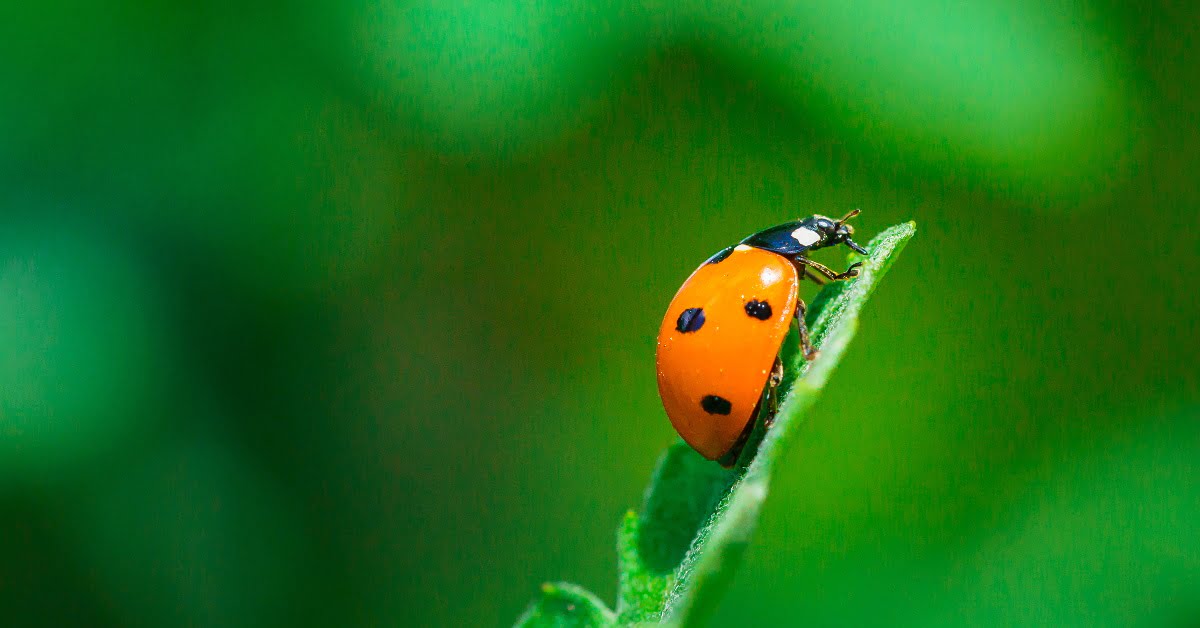In childhood, many people think that the age of the insect that “flies to heaven” and “brings us bread” can be determined by the number of points on its body. We checked if this is true.
Although the main contingent of carriers of this information are children of preschool and school age, in some places adults also participate in its dissemination. Some parents they tellthat their children learned about the urban legend in kindergarten. And indeed, in the format “People say: how many dots a cow has, how old it is” it is presented on the websites of the all-Russian online publication "Doshkolnik.rf", pedagogical magazine "Cognition", as well as on a variety of resources with ready-made presentations (ThePresentation.ru, ppt-online.org), which are actively used by teachers and educators in the post-Soviet space. The connection between the number of dots and the age of insects is played out in children's puzzles. Judging by some reviews, many adult citizens continue to believe in a similar version.
The ladybug has a special place in Russian folklore. The Slavs attributed to her a connection with the sun, and later in Rus' a tradition arose of asking a ladybug that had landed on a person about the upcoming weather. If the insect flew away, it was believed that the day would be clear; if it remained, it was believed that the day would be stormy. Also, unmarried girls by ladybirds were guessing - they asked where they would meet the future groom and how soon they would marry him, after which they blew the bug from the palm of their hand and looked for directions. Some determined by the number of dots how many happy months there would be in the coming year. The legend that interests us also includes this series of beliefs.
However, in reality the situation is completely different. Firstly, ladybug family much richer than it might seem at first glance - it includes several thousand species. Secondly, the number of dots is not an age or even an individual characteristic, but a species characteristic. All individuals of one species have a certain number of points on the elytra (this is what this part of the insect’s body is called), and this number is often included in the name of the species. So, there is a two-spot ladybug (Adalia bipunctata), and twenty-eight point (Henosepilachna vigintioctopunctata), also known as the potato ladybug. However, these are, mathematically speaking, extreme values, and the most common type of ladybird in Russia and the world is the seven-spotted one (Coccinella septempunctata).

Moreover, there are ladybugs with both white dots and no dots at all - for example, in Britain the latter are represented by 21 species out of 47 living there. This company also includes the most common species of ladybirds in Latin America - Cycloneda sanguinea. However, this circumstance, apparently, does not affect the attractiveness of males or females.

And finally, one more fact that completely destroys the legend: live these small creatures are usually from a year to two years old, that is, there is no way they could “grow” to seven or 28 points.
Thus, information about the connection between the number of points on the body of ladybugs and their age is a popular belief that has nothing to do with reality.
Not true
Read on the topic:
1. The whole truth about ladybugs
If you find a spelling or grammatical error, please let us know by highlighting the error text and clicking Ctrl+Enter.







